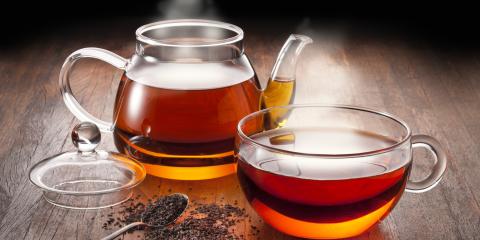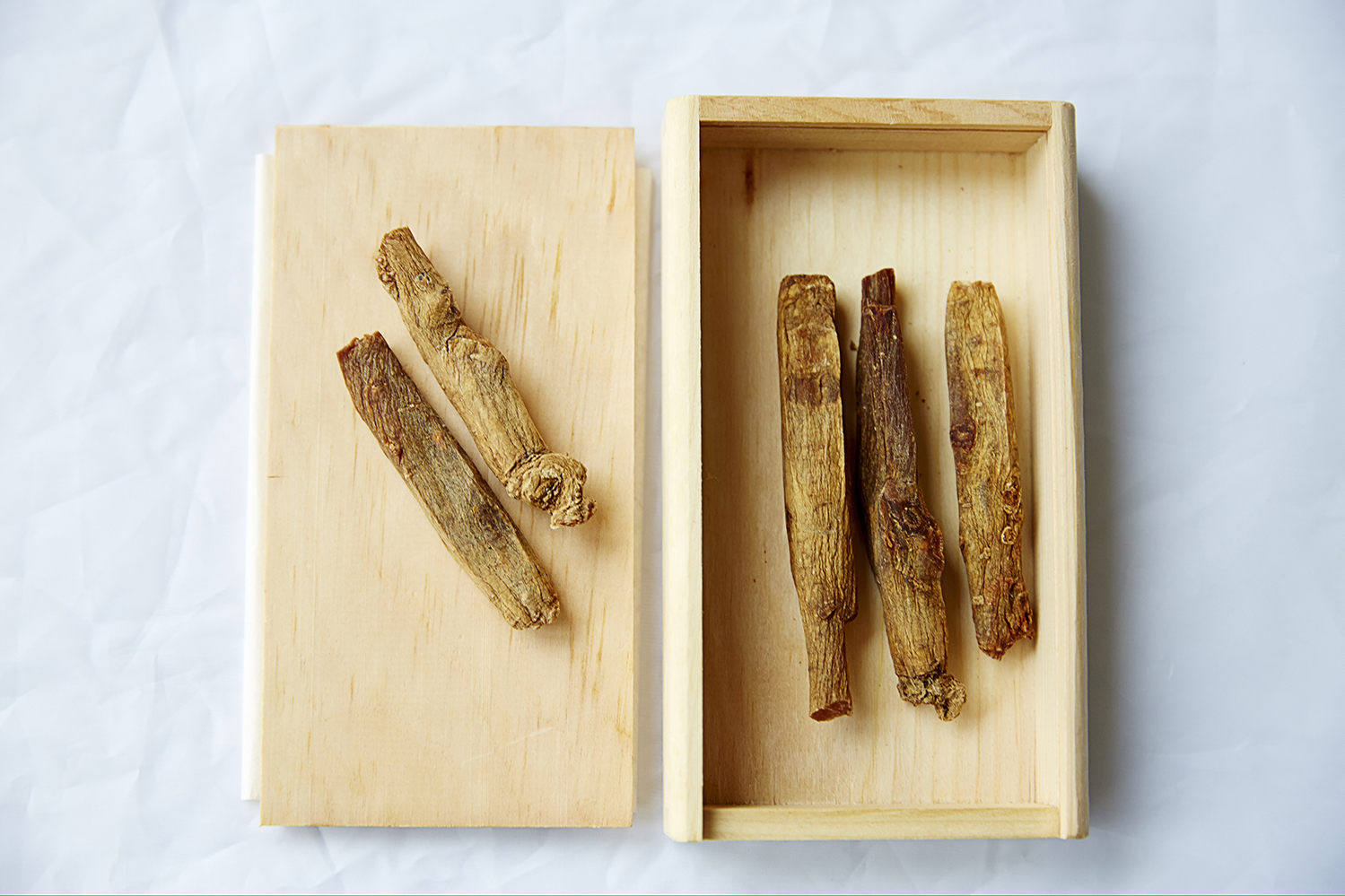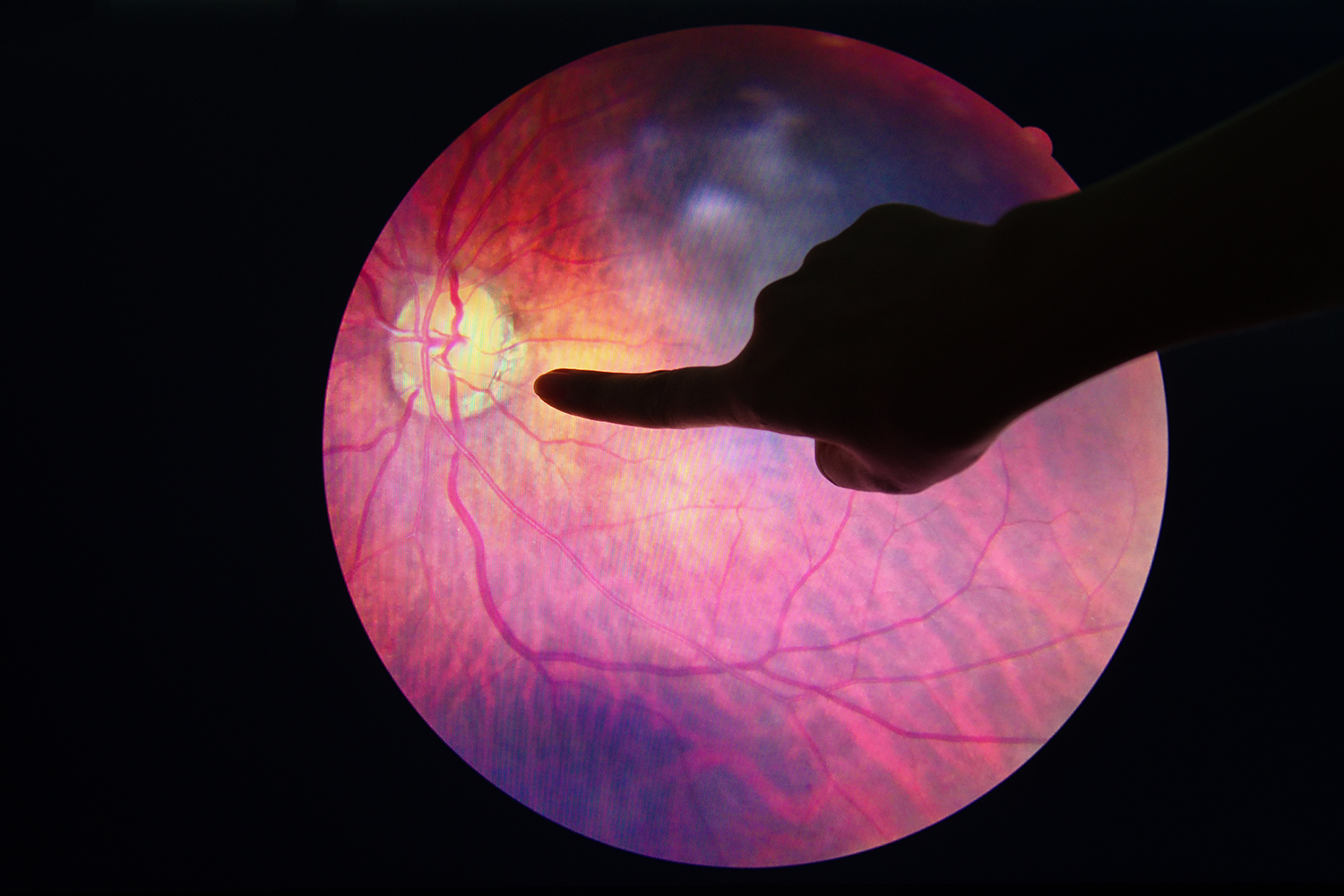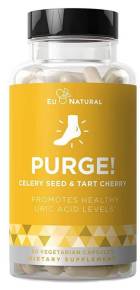Common Questions About ADHD
-
Is ADHD Becoming More Common?
The number of children diagnosed with Attention Deficit Hyperactivity Disorder (ADHD) has risen steadily over the years, fueled by more doctors and parents identifying the condition as well as increased prevalence. Even though the American Academy of Pediatrics recommends behavioral therapies before resorting to medication, children are more likely to receive medical interventions.
-
Is ADHD More Common in Children?
Children receive the most attention because the disorder may interfere with their ability to perform academically and behaviorally in school. But ADHD issues continue into adulthood with symptoms like disorganization, impulsiveness, poor time management and planning skills, mood swings, and difficulty coping with stress.
-
What Can Trigger ADHD?
Insomnia, pesticide exposure, and stress can all exacerbate ADHD prevalence and symptoms. Food sensitivities (particularly gluten and dairy, food preservatives, MSG, and artificial food dyes) as well as a low-quality, high-carbohydrate/sugar diet may also worsen ADHD, mood, and behavior.
Natural Treatments for ADHD
Fortunately, herbs and other nutritional therapies can help improve focus and reduce hyperactivity, making ADHD easier to manage.
-
Herbs and Supplements for ADHD
-
Omega-3 Fatty Acids
People with ADHD tend to have lower blood levels of omega 3s, which are important for brain function and development. Although results are mixed, a critical review of 25 studies concluded that omega-3 supplements can improve ADHD symptoms, particularly in milder cases, and they may help patients reduce their medication dose.
Studies that achieved more positive results used products with a relatively high EPA content alongside DHA—from 500 daily milligrams (mg) EPA/175 mg DHA up to several thousand mg each—for three months or longer.
-
Gotu kola (Centella asiatica)
Children with ADHD who took gotu kola in a formula with other herbs including lemon balm, bacopa, and ashwagandha for four months showed improved attention, cognition, focus, and impulse control compared to those who took a placebo.
Ayurvedic medicine has turned to gotu kola to improve focus and memory and to reduce anxiety and stress in all ages for millennia. Preliminary studies strongly support the herb’s ability to enhance brain function and repair in a variety of ways. Elders who took 750 mg of gotu kola extract daily showed improved working memory and mood, as well as improved physical abilities, vigor, and quality of life. It also reduces the startle response.
Gotu kola is generally quite safe—it’s even eaten as a fresh, cooked, or juiced leafy green—and can be taken as a tea, tincture, powder, or capsule. Seek organic gotu kola, as quality on the market can be poor, and expect it to take several weeks or months for the effects to gradually build. Note that both gotu kola and bacopa may be called “brahmi” in commerce.
-
Bacopa (Bacopa monnieri)
This Ayurvedic herb also has a long history of use supported by modern evidence. It promotes a calm-alert state of mind with brain tonic effects, improving neurotransmitter and brain function in all ages.
Studies show the greatest benefit for free-recall memory, speed of attention, and decreased choice reaction time. Several studies also find it useful for school-aged children, including those with ADHD.
It’s a bit bitter as a tea but the aerial parts of this water-loving plant can be taken as a tincture or capsule.
-
Lemon balm (Melissa officinalis)
This is one of several mint-family herbs with potential cognitive benefits—others include spearmint, peppermint, and rosemary—and it may be the most promising in ADHD because it simultaneously calms and improves focus. Unlike the previously mentioned remedies that are best taken for several months to assess their benefit, lemon balm’s effects are often noticeable within an hour.
Some studies achieved the best results with the highest doses, while others found that students got sleepy as the dose went up, so you may need to tinker to find the right dose for you or your child.
Interestingly, in elders with severe dementia, lemon balm essential oil added to cream rubbed into the arms and legs decreased agitation and social withdrawal and improved quality of life.
Lemon balm is quite safe and can be taken in a capsule: Adult doses range from 300 to 1,000 mg; children’s doses are generally one fourth to half that. Or take it as a fresh plant tincture, or in tea made from fresh or dried herb.
-
-
Additional Nutrition for ADHD
The above herbs are often combined in formulas with others that support mood and calm energy, including milky oat seed, ashwagandha, and holy basil. B vitamins, iron, and vitamin D may also be beneficial for cognition and mood, particularly for people who are deficient.
Iron should not be given as a supplement except where deficiency has been confirmed.
-
Behavioral Therapy
Behavioral therapy, including cognitive behavior therapy, can be incredibly beneficial for children and adults with ADHD. To learn more and find a practitioner near you, visit the CDC website on Behavior Therapy for ADHD.


















